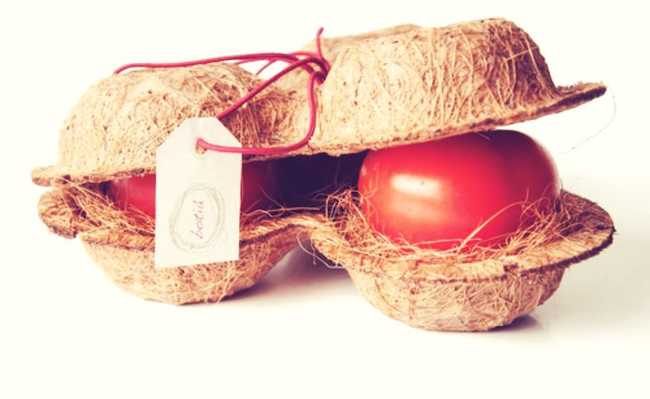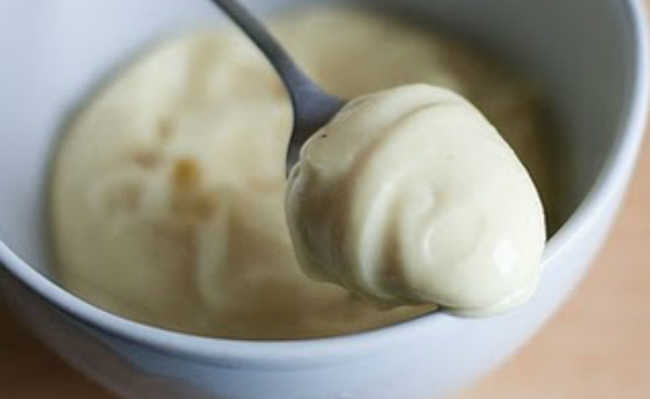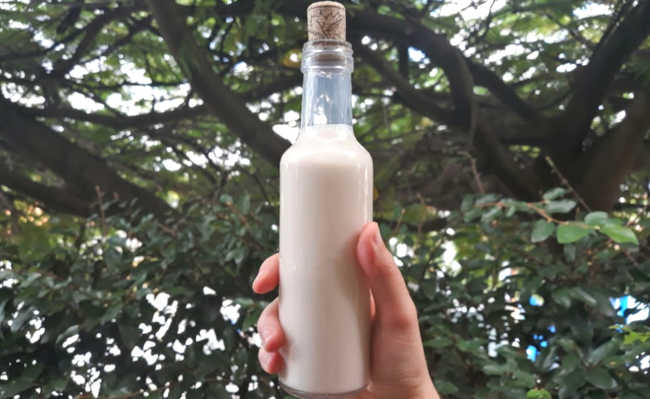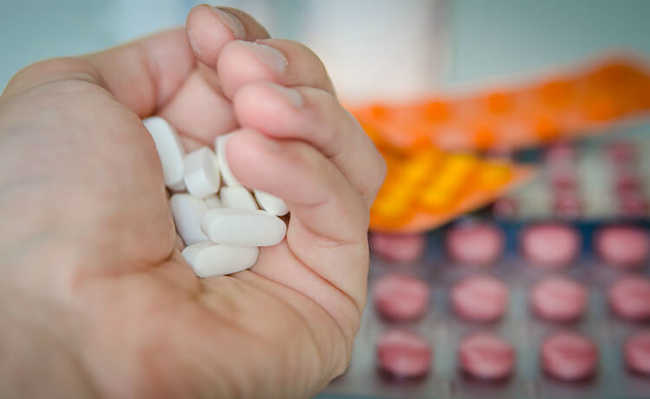Ten dangerous food additives that have already been banned abroad
Several chemicals commonly found in our foods are very harmful and have even been banned abroad.
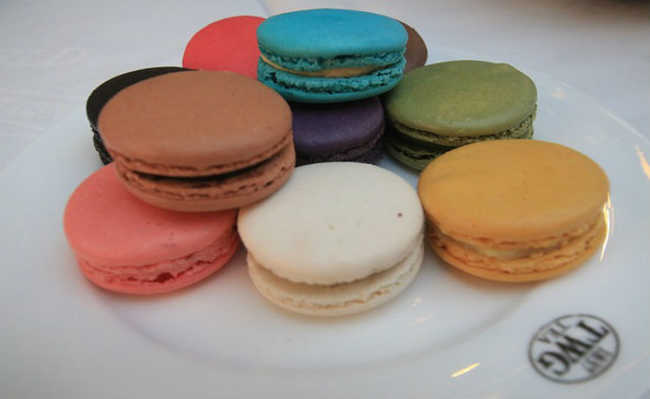
Faizal Sugi image by Pixabay
Many food additives, whether industrialized or not, are considered dangerous for consumption and, therefore, are quite limited by food inspection bodies. Some of these additives are so harmful that they are banned in certain countries. Check out banned food additives and what led governments to take drastic decisions.
1. Aquaculture salmon

Image of Alfonso Charles by Pixabay
The ration of this type of salmon can contain several additives that leave residues in the meat and can even harm its visual qualities, such as color and texture - so what solution have the producers found? More additives to mask the effects of the former, mainly canthaxanthin. It is an antioxidant found naturally in algae and provides the pink color to animals that consume it, as well as helping the immune system. So far so good; however, synthetic canthaxanthin, made from petrochemical components and sold in animal feed markets, can have serious consequences. When eating captive salmon, you also ingest synthetic canthaxanthin, whose adverse effects can result in vision problems, anemia, nausea, and diarrhea.
All this without counting the environmental impact that the substance causes: it can increase the number of parasites, such as fish lice and, together with medicines used in tanks to inhibit fish diseases, end up, due to the natural selection mechanism, strengthening micro -disease-causing organisms - these can travel through the water and encounter wild salmon, infecting and killing them.
Learn about the problems of eating aquaculture salmon and how to avoid them.
2. Ractopamine

Image by Amber Kipp in Unsplash
Ractopamine is added to the feed of farm animals, particularly pigs, to aid their muscle development. It is banned in over 50 countries because there is not enough research to prove its safety, but it is allowed by Codex Alimentarius within certain limits. In Brazil, the largest meat producers do not use ractopamine in the feed of their animals because importers would not accept it, but many still insist on defending the additive.
The compost can be excreted in animal feces, spread through fertilized fields and thus reach the water.
Only one study has been conducted on the effects on humans. Elevated heart rate and palpitations were observed. According to the FDA (the US agency responsible for food control), the effects on animals include toxicity and other exposure risks, such as behavioral changes and cardiovascular, reproductive and endocrine problems. The substance is also associated with high levels of stress in the animal, hyperactivity, fractured limbs and death.
3. Artificial dyes

Matt Schwartz image by Unsplash
Artificial dyes, which are banned in Norway, Austria, Finland, the UK and France (and restricted elsewhere in the European Union) are still found in all other countries, in items such as cheese, sweets, soft drinks and many others. The problem with these dyes is that they are made with elements derived from petroleum and tar and are closely associated with various types of cancer, including in the brain.
Research by the FSA (UK Food Standards Agency, in free translation) suggests that consumption of certain artificial colors and the preservative sodium benzoate may be linked to increased hyperactivity in the case of some children. However, it is important to remember that hyperactivity is also associated with many other factors in addition to certain activities, so a supervised diet can help manage hyperactive behavior, but it may not be a complete solution. Other factors can include preterm birth, genetics, and parenting.
In the European Union, artificial colors are banned in five countries, and in the others, a warning must be placed on any food or drink that contains any of the six colors - twilight yellow (E110), quinoline yellow (E104), azorubin (E122), red 40 (E129), tartrazine (E102) and ponceau 4R (E124). The package must contain a warning that there may be an adverse effect on activity and attention in children. In Brazil, five of the six colors are allowed (twilight yellow, azorubina, red 40, tartrazine and ponceau 4R).
4. Chicken contaminated with arsenic
Arsenic is a proven carcinogen, but it is a common component in medicines used in poultry farming - it has several purposes (from treating diseases to accelerating animal growth). Of the four drugs that were used, three were banned in Brazil in 2013 (what is left is the only alternative to treat a disease called histomonosis, which usually affects turkeys). In the European Union, none of them are used.
FDA-approved arsenic (US) is organic and does not cause cancer. However, studies indicate that organic arsenic can turn into inorganic arsenic, which can cause cancer and also migrate to groundwater, contaminating the water.
This additive has been banned in the European Union since 1999, but is still sold in Brazil and 14 other countries.
5. Olestra
Banned in the UK and Canada, olestra is a fat added to ready-to-eat snacks such as microwave popcorn (learn more about popcorn). It is a synthesized lipid that fries food and is not absorbed by the body, meaning that the body does not accumulate calories in the form of fat. It is considered dangerous as it not only prevents unwanted fat from food, but also decreases the body's ability to absorb vitamins A, D, E and K. Some side effects can be cramps, gas and diarrhea.
The FDA approved olestra on the condition that the manufacturer put a notice of the component's existence in the product. Finally, it was directed to the production of paints and lubricants.
However, the National Health Surveillance Agency (Anvisa) allows the use of olestra in food products as long as a warning is placed on the label with the words “this product may have a laxative additive”. In the UK and Canada, olestra is banned.
6. Brominated Vegetable Oil (BVO)

JASONBON image by Pixabay
BVO is produced from the addition of bromide molecules to common oil. It is banned in over 100 countries and very limited in those that still allow it. Its long-term consumption is related to many diseases.
Initially made as a flame retardant in mattress foam, today the substance is most commonly found in soft drinks. Acts as a stabilizing additive. ensuring that the elements do not separate during the manufacturing process.
Excess bromine in the body can trigger several health risks for consumers, such as hypothyroidism, memory disorders, weakness, tremors, acute paranoia and bromism (symptoms of bromism: loss of appetite, abdominal pain, fatigue, acne, cardiac arrhythmia, infertility ). Learn about the problems of brominated vegetable oil.
7. Synthetic rbST hormone
Recombinant bovine somatotropin (rbST) is a synthetic version of somatotropin, the growth hormone, which is used in cows to increase milk production. The residues of this additive in the milk we consume have been linked to infertility, muscle weakness and breast and prostate cancer, as well as mastitis (inflammation of the breasts) in cows.
It is banned in the European Union, Canada, Japan and Oceania. In the United States, it is legalized, however, under the restriction that the label “contains rbST”.
8. Potassium bromate
Look at the bromine here again. But this time, with a different use. While BVO is in isotonics and soft drinks, potassium bromate is used in baking, reducing the time needed to bake the dough. It is banned in China, Canada and the European Union. It was also banned in Brazil.
THE International Agency for Research on Cancer (IARC - International Agency for Research on Cancer, in free translation), a body linked to the World Health Organization (WHO), classified potassium bromate as a possibly carcinogenic agent for humans.
This substance is prohibited by federal law in any amount in flour, pasta preparation and bakery products. The use is considered a heinous crime, the substance can cause cancer in fetuses if ingested by pregnant women, kidney problems, nervous system damage, thyroid problems, gastrointestinal discomfort and cancer. A good way to identify bread with potassium bromate is to see if it crumbles easily.
9. Azodicarbonamide (ADA)
ADA can induce asthma and there are only five countries in the world that do not ban this compound, which is used to lighten flour and plastic. What is a plastic component doing in the middle of our food? Definitely shouldn't be there.
It is also used by the chemical industry in the manufacture of rubber soles for shoes and yoga mats. In the food industry, it is used in breads and has been banned in several countries as it is potentially harmful to health. According to a 1999 World Health Organization (WHO) report, the compound can cause respiratory problems such as asthma and skin irritations. In Brazil, azodicabonamide is legalized under the standards of 0.004 g per 100 g of flour.
10. BHA (butylated hydroxyanisole) and BHT (butylated hydroxytoluene) preservatives
In 2011, the US Department of Health and Human Services' Report on Carcinogens of the US National Toxicology Program stated that BHA "is reasonably anticipated to be a carcinogen" and BHT can cause systemic poisoning. These preservatives are found in chewing gum, beers, cereals and even meat, to prevent oil rancidity and oxidation are banned in Japan and much of Europe. Know more.




